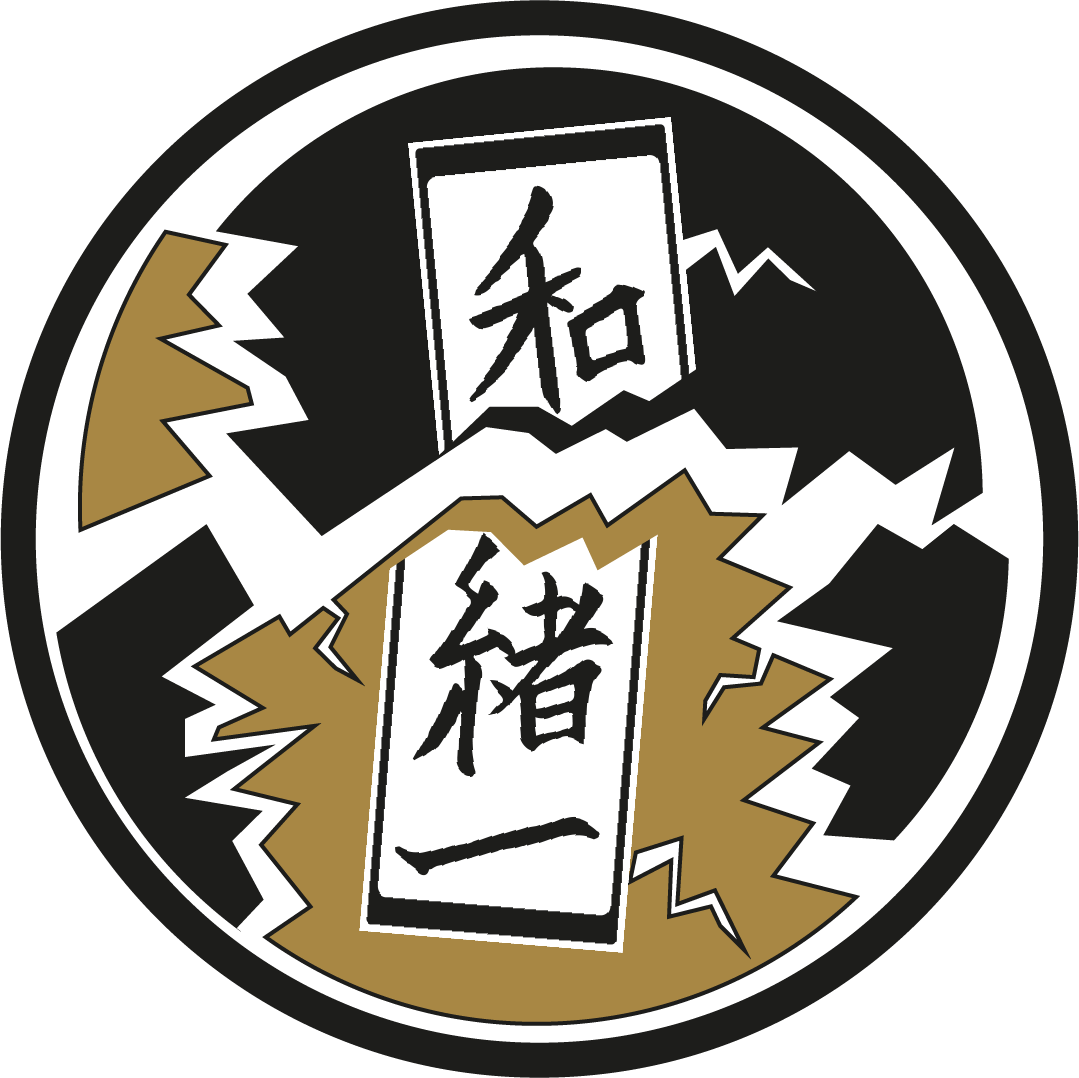Japanese Islands
Japan is an archipelago consisting of five main islands and more than 6,000 smaller ones scattered across the Pacific Ocean. The main island is called Honshū (本州), which could be translated as 'main province'. Honshū has always been the centre of Japanese political regimes, and many cultural and religious movements can be traced back to this island. Numerous Japanese metropolises are situated in Honshū, including the capital Tōkyō (東京) and its neighbouring city Yokohama (横浜).
A view of Tōkyō and its bay. ©Louie Martinez
Winter view of Farm Tomita, a tourist spot of Hokkaidō. ©Yi Syuan Li
Ōnaruto Bridge, connecting Shikoku to Honshū and the in-between Awajishima island. ©Little Mimi
Kyūshū, or the ‘nine provinces’, is situated to the south of Honshū and to the west of Shikoku. Due to its proximity to Korea and China, Kyūshū has always been Japan’s window to other countries. During the Edo period, a time when no foreigners were allowed into the country, the artificial island of Dejima in Nagasaki was the only place where foreign merchants were tolerated.
A ship leaving Nagasaki port, where Dejima is situated. The once artificial island is now incorporated into the mainland of Kyūshū. ©てんてん えぬ
Lastly, Okinawa (沖縄), translatable as 'rope of the sea', is an archipelago per se in the Southern sea and is located between Taiwan and Kyūshū. The region was formerly known as the Ryūkyū Kingdom, which was tributary to both China and Japan. This peculiar situation resulted in a culture that is different from the one of mainland Japan to this day.
View from an Ryu-kyuan island. ©sean0812
Written by Marty Borsotti






